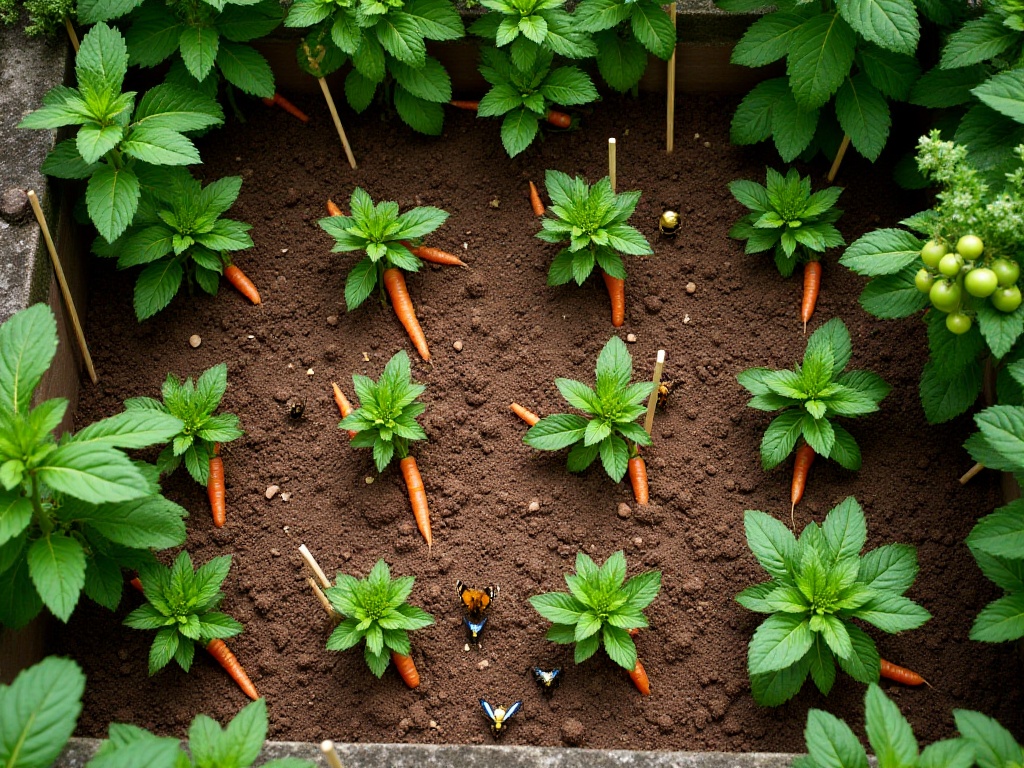
Smart Location Selection
Hey, gardening newbies! Today I want to talk about how to create a perfect garden. To be honest, I knew nothing about gardening at first and had no idea where to start. But after years of hands-on experience, I've finally figured out some tricks that I'd like to share with you today.
Location selection is super important! I remember my first attempt at planting - all my plants died just because I chose the wrong spot. Later I discovered there's so much to consider when choosing a location. First, you need to carefully observe your surroundings. For example, the sunlight issue - check which areas get the most sunlight; the water source issue - it's better to be near a faucet for convenient watering; and the soil issue - soil quality can vary quite a bit in different places.
From my experience, a south-facing location is ideal. Why? Because most plants need plenty of sunlight, and a south-facing spot can guarantee at least 6-8 hours of direct sunlight daily. I specifically arranged my garden near an outdoor faucet, making watering super convenient - no more dragging long hoses around the yard. If you choose a spot far from water sources, watering becomes quite a chore.
When selecting a location, you also need to consider the surrounding environment. For instance, stay away from large trees because their roots will compete with your garden for nutrients and water. The terrain is also important - choose level ground or slightly sloped areas with good drainage. I didn't pay attention to this my first year, and when it rained heavily, my garden turned into a small pond, drowning all the plants.
Planning First
Once you have a suitable location, it's time for planning. Don't think planning is troublesome - it's actually super simple. Let me teach you a trick I often use.
Take a rope and lay it out on the ground in the shape you want for your garden. This gives you a visual layout of the whole design. That's what I did, and I made sure to leave a 60-centimeter wide path beside it, which makes maintaining the plants much easier later. If you don't leave pathways, it'll be difficult to access the plants once they grow bigger.
I suggest you draw a simple floor plan and mark which plants will go in different areas. This might seem unnecessary, but you'll realize how important this map is once the plants start growing. Many plants grow larger than you might expect, and without proper planning, they might end up crowding each other.
When planning, consider the growth characteristics of the plants. For example, tall plants should go on the north side and shorter ones on the south side to avoid blocking sunlight. Climbing plants are best arranged around the edges with supports for vertical growth. My first year, I didn't think this through, and the cucumber vines ended up tangling with the cherry tomatoes, making harvesting really troublesome.
Color coordination is also an important part of planning. You can arrange flowering times based on different plants to ensure your garden has varying scenery throughout the seasons. For instance, plant tulips and daffodils for spring, roses and lilies for summer, and chrysanthemums and galsang flowers for autumn, so your garden will be colorful all year round.
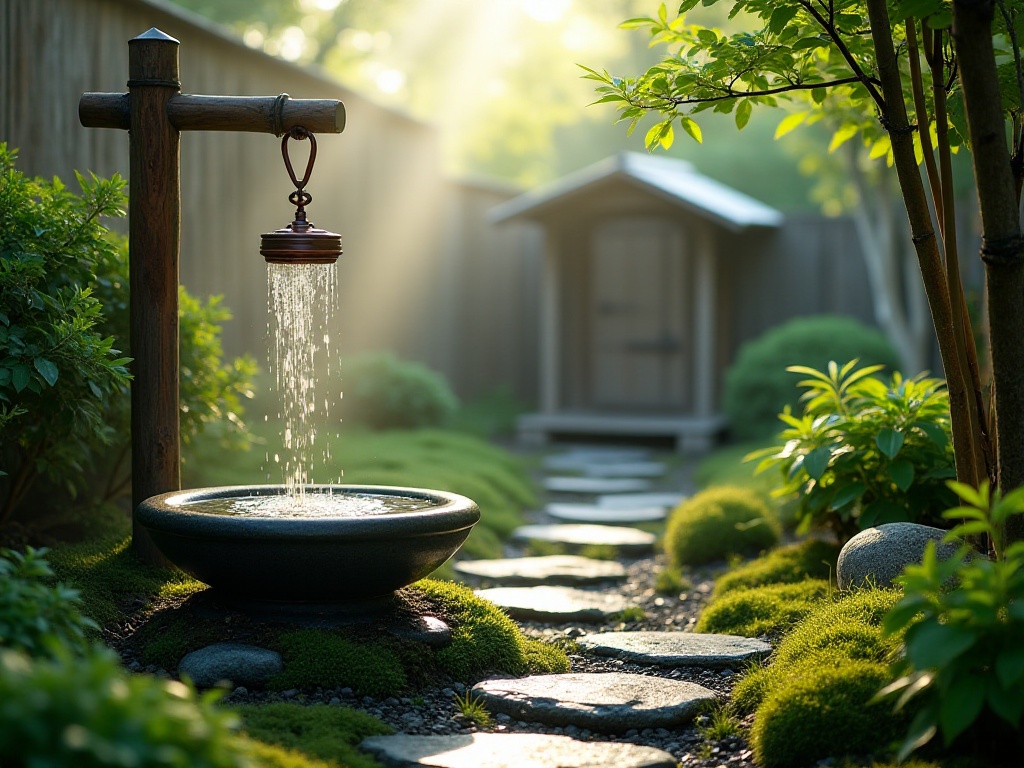
Soil Improvement
When it comes to soil, this is absolutely key to successful planting. Many novice gardeners overlook the importance of soil, thinking you can plant anywhere. Actually, soil quality directly determines how well plants grow.
Ideal soil should be loose, fertile, with good water retention and aeration. You can test it by squeezing a handful - if it forms a ball but doesn't stick to your hand, and breaks apart easily when crumbled, that's pretty good soil. If you find your soil isn't good enough, don't worry too much - we have many ways to improve it.
First is testing soil pH. Ideal soil pH should be between 6.5-7.0. You can buy a simple soil testing meter from a garden store - they're easy to find and not expensive. If the soil is acidic, you can add lime to adjust it; if alkaline, you can add sulfur powder.
When it comes to improving soil, compost is a great helper. I have an eco-friendly and money-saving trick: collecting fruit peels, vegetable leaves, and coffee grounds to make compost. How? First, find a well-ventilated spot in your backyard, dig a 30-centimeter deep hole, put in these kitchen scraps, and cover with soil. Turn it every few days, maintain proper moisture, and in about two to three months, you'll have excellent organic fertilizer.
Besides compost, you can add some commercial organic fertilizers. But note that different plants have different fertilizer needs. Leafy vegetables prefer nitrogen-rich fertilizers, while flowering plants need more phosphorus and potassium. So choose fertilizers based on plant characteristics.
Soil improvement isn't something that happens overnight - it needs continuous input and patience. I suggest turning the soil every fall and adding new organic matter - this way the soil gets more fertile over time. When turning soil, dig deep, about 30-40 centimeters, so plant roots can develop fully.
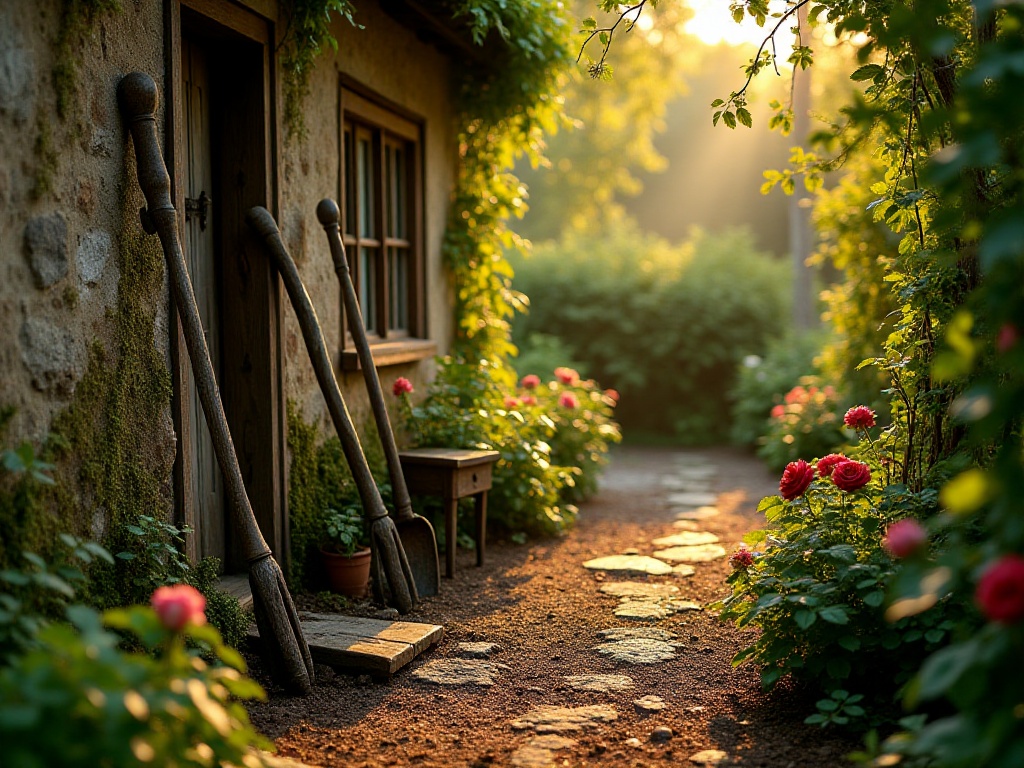
The Art of Selecting Seedlings
Choosing suitable plant varieties is really a big lesson. Many people see others' gardens growing well and try to copy them, only to find they can't grow anything successfully. This is because they haven't considered regional differences and climate conditions.
When choosing plants, I suggest first understanding your local climate characteristics - things like annual rainfall, temperature variation, frost periods, etc. You can find this information at local weather stations or agricultural bureau websites. Based on this data, you can roughly determine which plants are suitable for growing in your area.
When selecting seedlings, definitely choose healthy plants. How to judge? First look at the leaves - they should be bright green and full, without yellow spots or insect holes; then check the stems - they should be sturdy without deformities or disease spots; finally examine the roots - they should be white or light yellow with lots of fine roots. If you find signs of pests or diseases, don't buy even if the price is really cheap.
I personally highly recommend buying plants from local nurseries. These plants have been tested by the local climate and have higher survival rates. Plus, nursery staff are experienced and can give you lots of practical advice. It's by learning from them that I transformed from a complete gardening novice into someone who can now grow a garden full of flowers.
For beginners, I suggest starting with some easy-to-grow varieties. For vegetables, try tomatoes, peppers, lettuce; for flowers, try marigolds, cosmos, zinnias. These plants are relatively drought and cold resistant, with fewer pest problems, suitable for beginners.
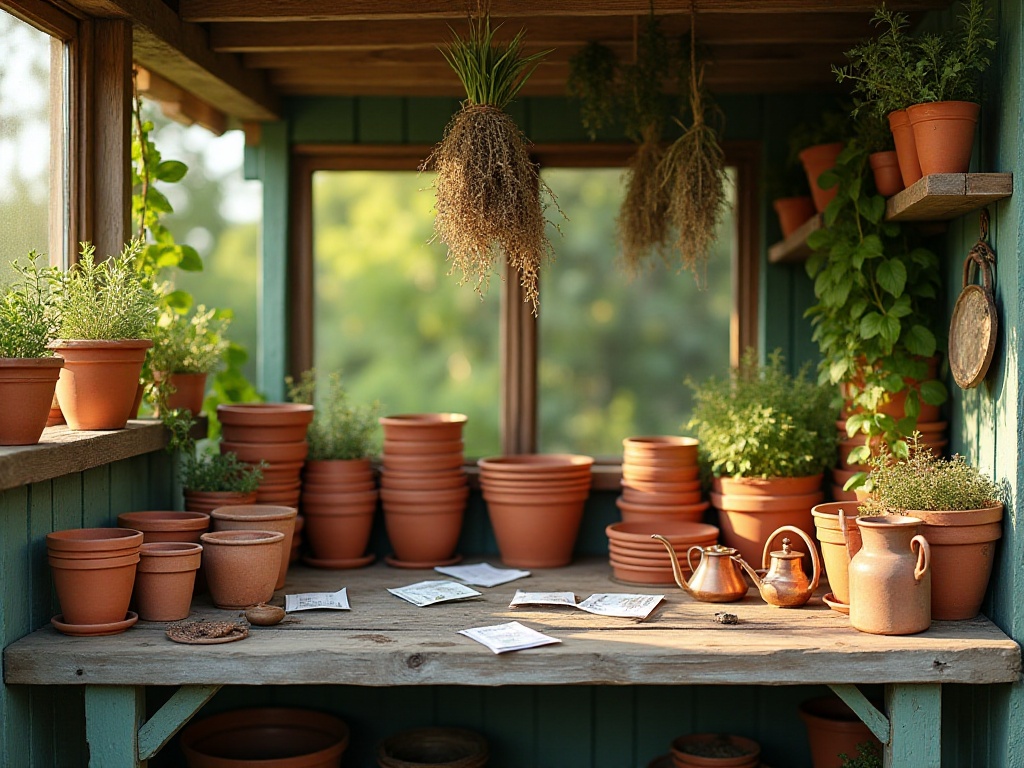
Scientific Planting
Planting techniques might look complicated, but once you grasp the essentials, they're not that hard. The key is paying attention to planting depth and spacing - this information is usually written on seed packages, so be sure to read carefully.
Taking tomatoes as an example, let me share my experience in detail. When planting in spring, it's best to start seedlings indoors using seedling trays. Use special seedling soil, plant about 1 centimeter deep, and put 1-2 seeds in each cell. After sowing, keep the soil moist but not wet. Temperature should be maintained between 20-25 degrees Celsius for better germination rates.
When seedlings have 3-4 true leaves, they're ready for transplanting. But note that before transplanting, you need to harden them off. What's hardening off? It's gradually acclimating seedlings to outdoor conditions. You can first put the seedling tray on a balcony or in a shaded outdoor area for a few days, then transplant them to the garden after they've adapted to the external environment.
Choose cloudy days or evening for transplanting for better survival rates. After digging planting holes, water first, then put in the seedlings and fill with soil, pressing firmly around them. Remember to leave enough space between plants - tomatoes usually need 50-60 centimeters between plants. Pay special attention to watering during the first week after transplanting, keeping soil moist.
Different plants have different planting methods. Large seeds like sunflowers can be sown directly in the garden. For smaller seeds like flower seeds, it's better to start them indoors. Planting season is also important - decide based on the plant's growth habits. Spring planting should avoid frost periods, fall planting needs enough growing time.
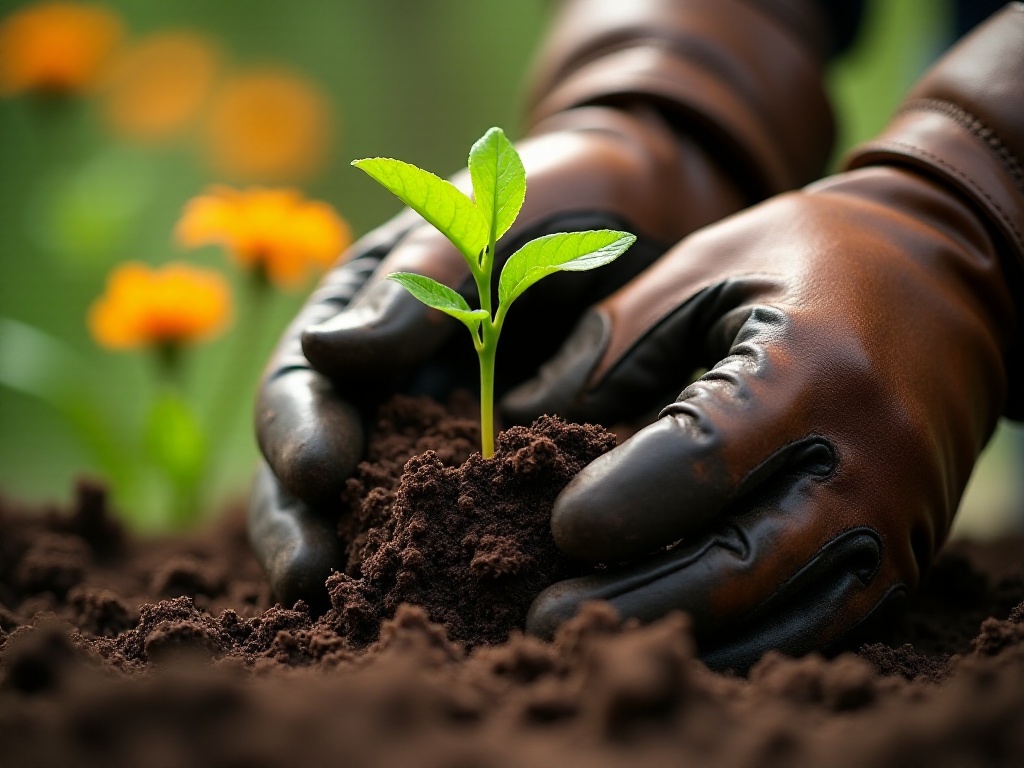
Daily Care
Maintenance work tests patience the most but also shows the true joy of gardening. Watering, fertilizing, pruning, and pest control are all important. Let me share my experience.
Watering is the most basic task but also the easiest to get wrong. Many beginners like to water a lot at once, thinking it saves effort. Actually, this can harm plants and cause root rot. The correct watering method is: better to water less but more frequently than too much at once. To know when to water, stick your finger 3-5 centimeters into the soil - if it feels dry, it needs water.
Timing of watering is also crucial. Best to choose early morning or evening, so water doesn't evaporate quickly and won't burn plants. Water at the root zone, trying to avoid wetting leaves to prevent fungal diseases. If you find daily watering too troublesome, consider installing an automatic irrigation system.
Fertilizing is also an art. I recommend using organic fertilizers - though slower-acting, they're gentler on plants and soil. Follow the principle of "light but frequent" fertilizing - don't apply too much at once but fertilize often. Different growth stages need different fertilizers - growth phase mainly needs nitrogen, while flowering and fruiting phases need more phosphorus and potassium.
Don't neglect pruning. Promptly remove yellow leaves, diseased leaves, and dead branches to keep plants neat and prevent diseases. For vining plants, regularly manage the vines to prevent tangling. Use clean tools for pruning, preferably disinfected with alcohol before use.
Regarding pest and disease control, prevention is better than treatment. Maintain good garden ventilation, proper spacing, and good drainage - all these can reduce pest and disease occurrence. If you find pests or diseases, try physical control methods first, like hand-picking insects or using insect traps. Only consider biological pesticides if you really can't control the problem otherwise.
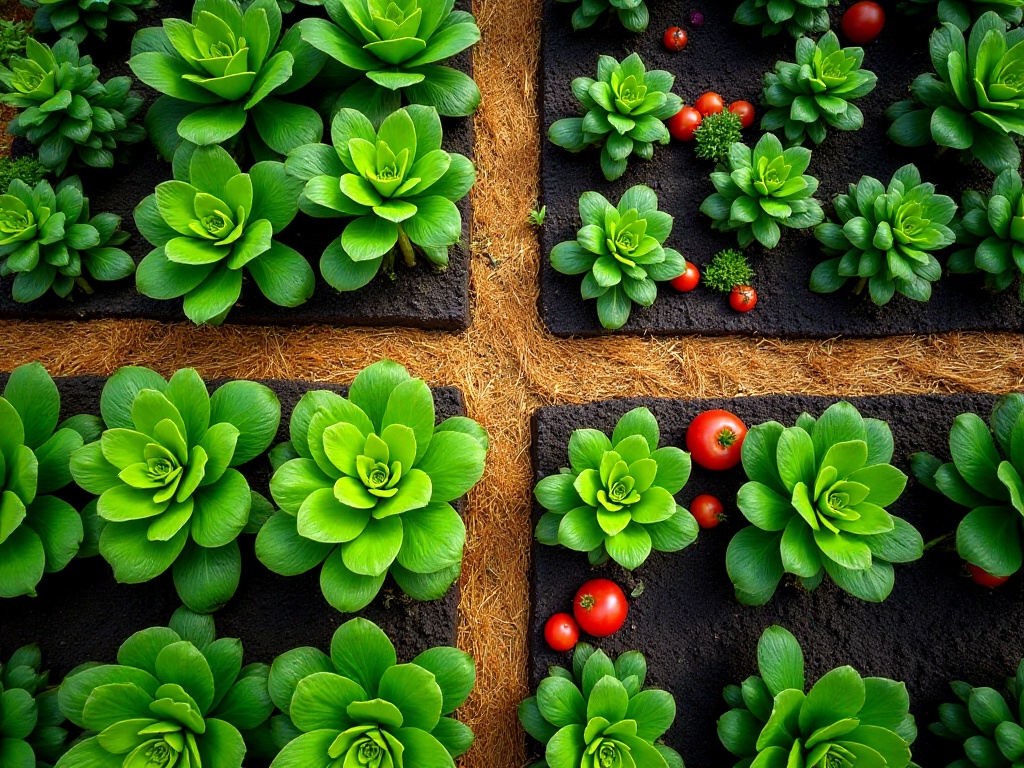
Harvesting Tips
Finally comes harvest season, the most anticipated moment. But harvesting has its techniques too - different plants have different harvesting standards.
Taking tomatoes as an example, the best harvesting time is when fruits are completely red, firm but not too hard. If you wait until they're overripe, not only will taste decline, but they'll also rot easily. Use scissors to cut them off - don't pull by hand as this can damage the plant.
If you want to save seeds, definitely choose the healthiest, most beautiful fruits. Wait until they're fully ripe, then remove the seeds, wash them clean with water, and dry in a shady place. Put dried seeds in sealed containers and store in a cool, dry place. This ensures good germination rates for next year.
For flowers, harvest when blooms are fully open but haven't started to fade. Best to harvest in the morning when flowers are full of moisture and will last longer. If making dried flowers, harvest when blooms are half-open for better dried shapes.
While harvesting, don't forget to tidy up the garden. Promptly clear fallen leaves and weeds - this looks better and prevents some pests and diseases. If some plants have completed their growth cycle, remove them promptly to prepare for next season's planting.
See, gardening isn't really difficult - the key is putting your heart into it. Master these points, and you too can create a beautiful garden that others will envy. When you start trying, be sure to record your experiences. Everyone's experience is unique, and it's through practice and continuous learning that you'll find the growing methods that work best for you.
Next
After 3 Months of Completely Changing My Diet, I Found My Quality of Life Improved by 80%
A comprehensive guide to healthy living, covering balanced nutrition principles, regular exercise routines, and essential wellness maintenance methods to help establish scientific eating habits and a healthy lifestyle
Beginner's Guide to Balcony Gardening: Creating Your Urban Garden Dream from Scratch
A comprehensive guide covering gardening basics, soil maintenance, plant care techniques, and practical gardening tips to help beginners create and maintain a healthy garden while mastering essential cultivation methods
Growing a Garden on My Balcony: 20 Essential Tips for Beginner Vegetable Gardeners
Explore practical gardening techniques covering garden space planning, seeding methods, sustainable practices, and tool management, helping gardeners optimize planting space, protect seedlings, and maintain gardens in an eco-friendly way
Next
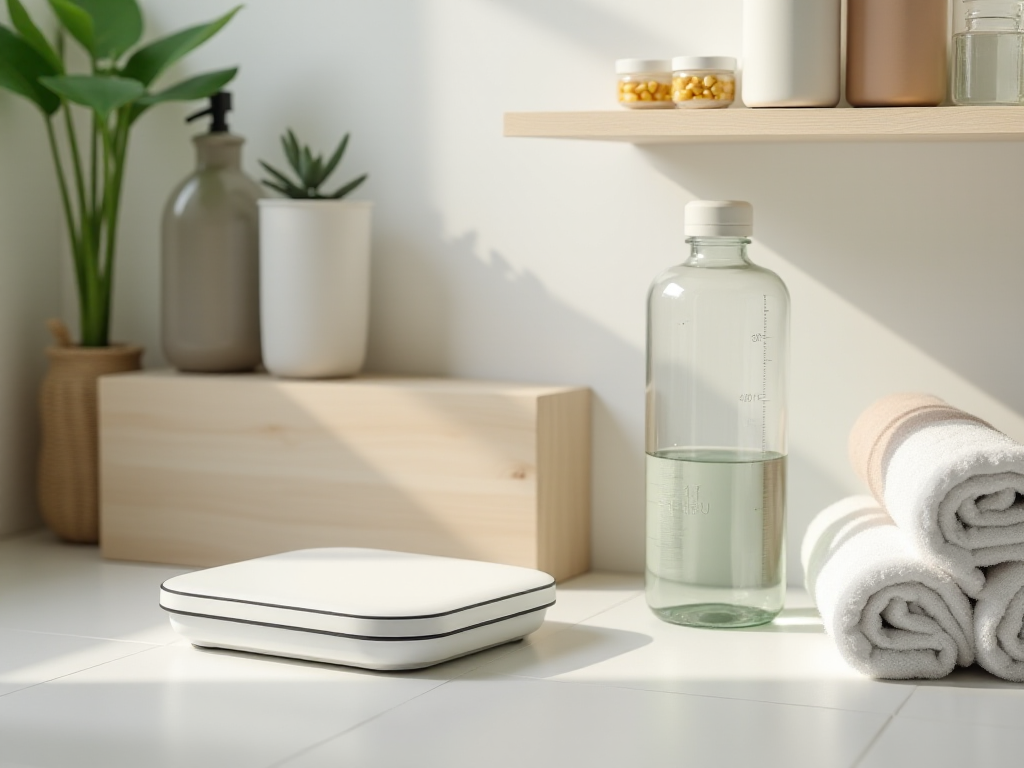
After 3 Months of Completely Changing My Diet, I Found My Quality of Life Improved by 80%
A comprehensive guide to healthy living, covering balanced nutrition principles, regular exercise routines, and essential wellness maintenance methods to help establish scientific eating habits and a healthy lifestyle
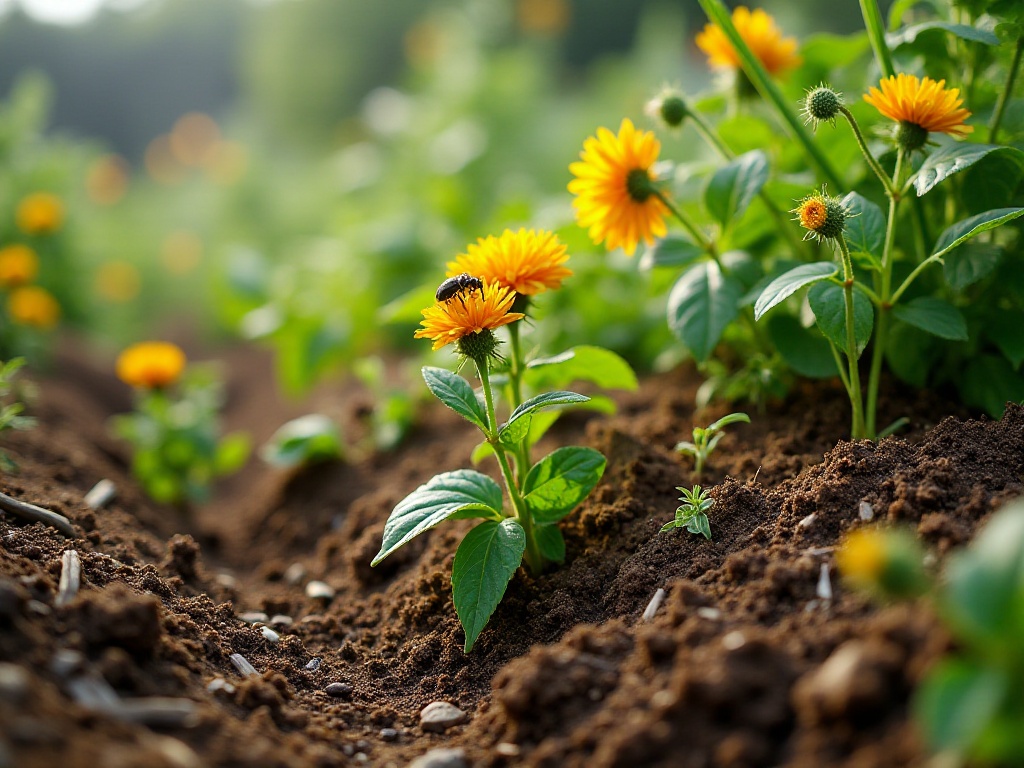
Beginner's Guide to Balcony Gardening: Creating Your Urban Garden Dream from Scratch
A comprehensive guide covering gardening basics, soil maintenance, plant care techniques, and practical gardening tips to help beginners create and maintain a healthy garden while mastering essential cultivation methods
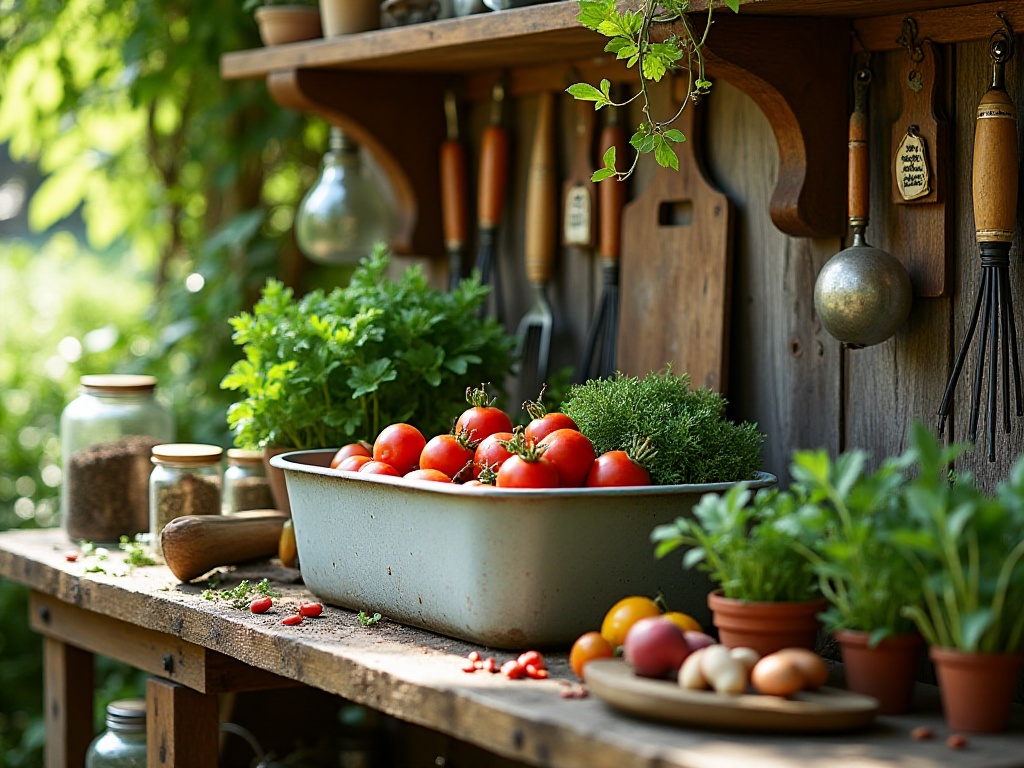
Growing a Garden on My Balcony: 20 Essential Tips for Beginner Vegetable Gardeners
Explore practical gardening techniques covering garden space planning, seeding methods, sustainable practices, and tool management, helping gardeners optimize planting space, protect seedlings, and maintain gardens in an eco-friendly way

